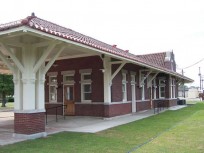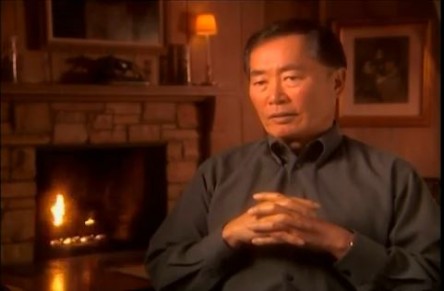The original Life Interrupted exhibit, “Against Their Will: The Japanese American Experience in World War II Arkansas,” is now on permanent display at the new World War II Japanese American Internment Museum in McGehee, Arkansas.
The exhibit was produced by the Life Interrupted Project, and originally premiered in 2004 as part of a joint effort by the University of Arkansas at Little Rock’s Master’s in Public History Program and the Japanese American National Museum in Los Angeles, California.
The project’s mission was to gather documents and artifacts related to internment, pursue conservation efforts at the two internment camps in Arkansas – Rohwer and Jerome – and to create and distribute curriculum materials. The project also hosted a national conference in Little Rock, Camp Connections, which attracted over 1,200 people, along with eight coordinated exhibitions around the city, including “Against Their Will.” Additionally, the documentary Time of Fear was produced as a result of this project, which aired on PBS.
Yesterday, the World War II Japanese American Internment Museum held its grand opening. George Takei, actor and social media activist, spoke about his personal experience with Japanese American internment at the dedication ceremony.
Takei was among the 110,000 Japanese and Japanese Americans from the West Coast who were sent to internment camps. He and his family were forced to leave their home and move to Santa Anita Assembly Center, where they would eventually be transferred to the Rohwer Relocation Center.
To learn more about Takei’s experience, listen to clips from an exclusive interview he did for the documentary, Time of Fear.
The internment of Japanese Americans was a result of Executive Order 9066. Signed by President Franklin D. Roosevelt, on Feb. 19, 1942, the order granted the U. S. government authority to relocate both citizens and non-citizens based on the fear that anyone with Japanese ancestry was a potential spy or saboteur. In all, ten relocation centers were constructed across the country. Arkansas was the site of two internment camps, the Rohwer Relocation Center (Desha County) and the Jerome Relocation Center (Drew and Chicot Counties).
The collection gathered by the Life Interrupted Project is currently being processed by archivist Shannon Lausch of the UALR Center for Arkansas History and Culture (CAHC), and is set to open later this year.
Each month, CAHC is releasing a new clip from 35 hours of interview footage, leading up to the opening of an exhibit on Japanese American internment in Arkansas. The interviews include accounts from Japanese Americans who were incarcerated at the Jerome and Rohwer internment camps, narratives from Arkansans who lived near or worked at the camps, and perspectives from scholars on this period in history.



